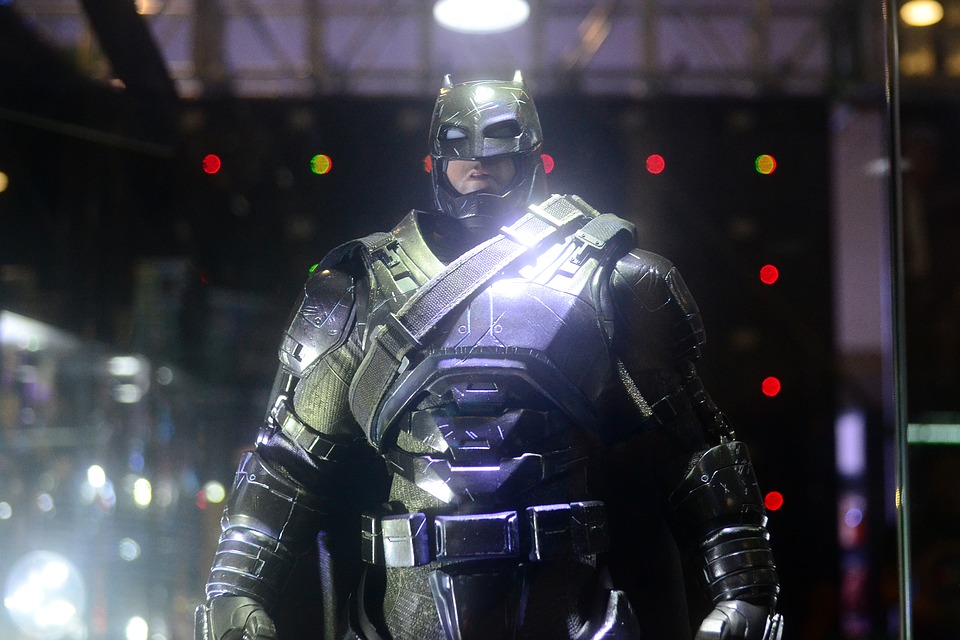Movie Screenplay Outline
One time you were idly thinking about a good scenario in your head. You were already brewing an amazing story of drama and fantasy story involving complex characters and elaborate scenarios. You then realize slowly that the story you come up is awesome enough to become a movie. How exciting! You fantasize on how you’ll direct your movie, who will play your characters, and the awesome setting you plan to shoot your movie. While thinking this. you get the exciting idea that you will be the next Alfred Hitchcock or the next Stanley Kubrick. You may also see essay outlines.
While you’re busy thinking about this, it takes a lot more effort in materializing your movie. Without a proper outline of your big story idea and delving right away into making a picture without having any know-how on organizing a script, your movie might as well go down the drain and earn a Razzie award. You may also see program outlines.

What is a Screenplay?
A screenplay is essential to every movie. Without it a movie is just one big mess with moving pictures of places and people without any point. A screenplay or script gives the essential feature of all elements that are needed to tell your story through a film or a TV show. Screenplays, just like a thesis paper, does not only limit to a single person doing all the work. It has to go through a lot of rough revisions and rewrites from other writers. It’s possible that not every scenes you wrote will be included in the released film. After writing the screenplay, directors, producers and actors will direct and act out the screenplay. You may also see outline examples.
Writing a screenplay too is different from writing a book. You don’t follow the format of writing a book. The difference between the two is that writing a screenplay should incorporate the visual and a aspects of your story. You may also see speech outline.
If you’re in a stump, refer to the steps of making a movie screenplay (with examples included) below.

2. Plan your story
Writing a rough draft of your great story idea is great but don’t make it as your final screenplay. You need to outline your plot carefully. Follow the story plot pyramid to ease out your story. The story plot pyramid includes: exposition, rising action, climax, falling action and denouement/resolution. By organizing your story structure you will only have little revisions when the time comes to edit your story. You may also see chapter outline.
By this stage you need to know what the genre of your story will be. You don’t need to only limit yourself with one genre. Many films have double genres such as romantic-comedy, drama-thriller, comedy-mystery, drama-crime, fantasy-romance movies. You may also see biography outline.
3. Make notes for future reference
Most people don’t have photographic memory. It means not everyone can remember their previous thoughts, plans, things to do, etc. For you as a writer, you need to write down your story idea or any ideas that are essential to your soon-to-be movie as a reference in the future. Try to bring a notebook, paper, pen, or smart phone anywhere you go just in case an idea pops into your head. That way you can save the idea for later use. You may also see training outline.
Most writers often come up with great ideas when they least expect it. They might find it in observing other people’s behaviors (like the way how some people pick their noses or scratch their heads) or when they are doing mundane things (bathing or toasting a bread). When this type of inspiration strike in your head, write it down right away before you forget it. Nothing is more wasted than an idea forgotten. You may also see tentative outline.
Don’t worry about your notes being messy and disorganized. You can sort it out later on what ideas you’ll use and what you’ll chuck. Once you’ve think you’ve gathered enough ideas, then it’s time to outline your story. You may also see thesis outline.
4. Outline your story plot
Okay, so you’re confident enough in your gathered story ideas. This is the time you write your story line. A story line is basically writing a sketch of your story plot, characters and setting. This is the time you decide which elements are the most important in your concept. How do your characters behave? What do they look like? What is their relationship with each other? What will be the main obstacles or conflicts your characters will be facing? What’s the point of your story? Do you plan to have any plot holes? These are just some questions you need to consider while writing your story line. You may also see research paper outline.
You also need to consider the length of your screenplay. Writing a ten hour movie is not really that bankable to the masses and especially to producers. The genre that you choose in your story depends on how long your movie is. Drama movies are usually around the 2 hour mark while comedies are only good for one and a half hours (or less). Remember, every page of your screenplay is equivalent to one minute of screen time. The average length of most scripts are usually 100-120 pages. You may also see presentation outlines.

5. Divide your story into acts
Once you finished writing your story line, divide your story into three acts. Act one is for the introduction and set-up of your story. Introduce your audience to your story, characters and the setting where your story takes place. Set the tone of your story (this is where your genre comes in). This is the part where you can also see the conflicts that arise between your main characters. Once your characters are set towards the main objective of the plot, act two will then take place. You may also see content outline.
Act two is where most of the action take place. Your main characters will encounter obstacles on the path to the denouement of your story. Subplots and more adventures might also take place in this act. Throughout this act, your main characters must show character development. You may also see speech outline.
Act three is the part where your story reaches the climax and resolution. This where the twist of the story and the final confrontation must take place. This act should be more thrilling in its pace. Make sure to create a memorable resolution so audiences will not forget your story. You may also see rough outline.
As a screenplay writer, it’s crucial to make your story interesting or else your audience will be snoring in their seats in act two.
6. Determine the sequences and turning points of the story
Maybe your main objective or conflict is too short to become a feature length film. You need to add sequences or subplots to make your story more complex. Sequences are parts of the story that take place independently from the main conflict but are related to it. Most of these sequences have a beginning, middle and end. Most of the characters featured in sequences are supporting characters. Effective sequence affect how the main story takes place. You may also see course outline examples.
7. Write the scenes
Now that you determined your acts and sequences, it’s time to write your scenes. All acts have their own scenes. They take place in specific locations and they keep the action and the story pushing forward. If the scene is stagnant or not helping to move your story forward, it only makes the film slow and needs to be cut from the screenplay. Dragging films are a big thumbs down to audiences and this will cause them to start sleeping or grumbling about wasting their time and money over a boring movie. You may also see book outlines.
8. Write the dialogue
Next is the dialogue. Dialogue means a conversation between your characters. This part is the most interesting and hardest thing to write. You need to determine and differentiate the individuality of your characters. When your characters speak or act in the same manner like everyone else, it makes your story less credible. You may also see informal outline.
Dialogue should focus on pushing the the story forward. Dialogues should have important meanings that are related to the story. Otherwise, if they gabble around non-sense things, they are not helping to move your story forward. Once you’ve written your dialogue, have them read out loud. It’s the most effective practice to check whether your dialogue sounds credible. Make sure they don’t sound over dramatic, cheesy, stereotyped, lifeless or halting. Remember to differentiate the personality of your characters from one another. You may also see resume outline.

9. Format Your Script
Like any other research paper, your script must have a format so your director and actors can understand your script right away.
1. Screenplays are usually written on a 8 ½” x 11” paper with top and bottom margins set between .5” and 1”, left margin is set to 1.2”-1.6” and the right margin is set between .5” and 1”.
2. Each page except the title page must have a page number. It should be placed on the top right corner of every page. You may also see business outline.
3. Fonts are usually Courier size 12.
4. Scene headings or slug line sets describe the setting or location of the scene. This should be written in all caps. First, write whether the setting takes place in an interior or exterior setting. Write “INT.” or “EXT.” then followed with the location, and time of the day. This is what you will write first when writing a new scene. You may also see outline examples.
5. Action is the descriptive text of your script. Always write in present tense and active voice. A good paragraph for this part is 3-5 lines.
6. If there are dialogues in a scene, the name characters who will be speaking must be typed first before their dialogue starts. Their names must be written in all caps with 3.5″ from the left margin. If the character is speaking off screen, write “O.S.” next to their name. If the character is doing a voice-over write “V.O.” next to their name. You may also see leadership outline.
7. To write the dialogue of the character, their lines should be indented 2.5” from the left margin and 2-2.5” from the right. The dialogue is directly beneath the character’s name. You may also see how to outline an essay.
The best dialogues are the ones that people remember most in a movie. You may be familiar that there are movies that are most quoted by movie buffs. Some examples of movies that have good dialogues are Pulp Fiction, The Godfather, The Social Network, Titanic, Toy Story, Anchorman, Star Wars, etc. You may also see project proposal outline.
10. Review Your Work
Once you’re done with your screenplay, don’t celebrate yet. You still have revisions to do. This may seem excruciatingly tedious on your part, you’ll be thankful later on that you were able to organize your story properly. Cut away the scenes that are irrelevant in the story. Change the dialogue if you think they are not working. Ask a friend or colleague to help you revise your screenplay. You may also see write a speech outline.
So are you still willing to write a screenplay? Of course you do! You are a passionate story teller willing to share your ideas to the world. Remember to not think of writing a screenplay as a daunting task but rather a fun and exciting project. You may also see report outline.

